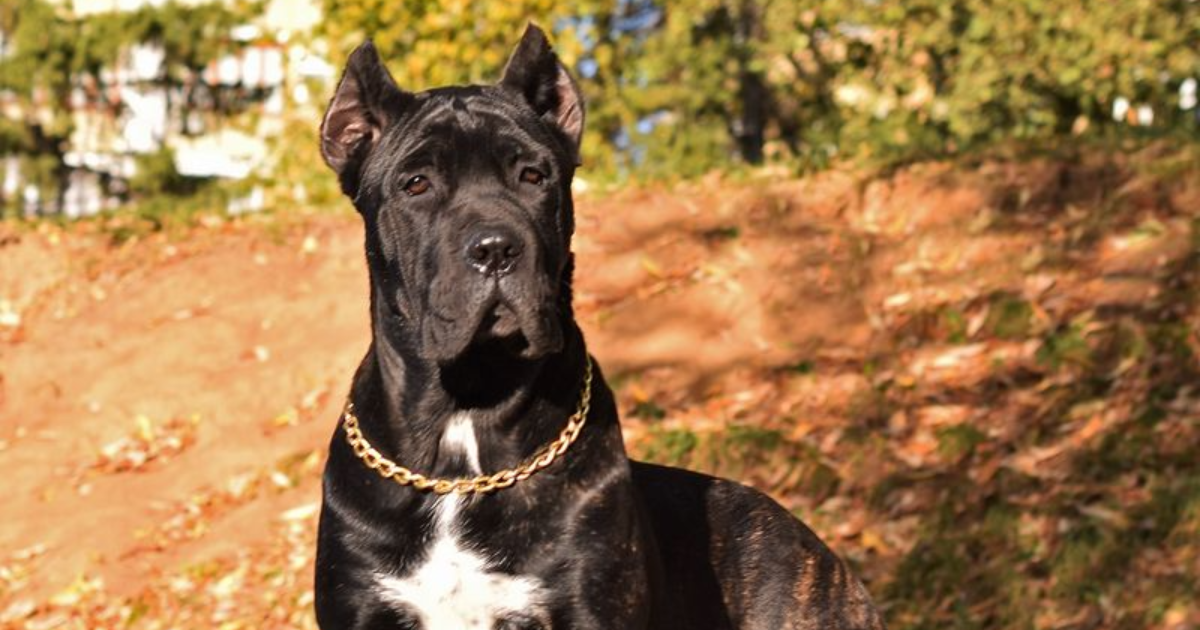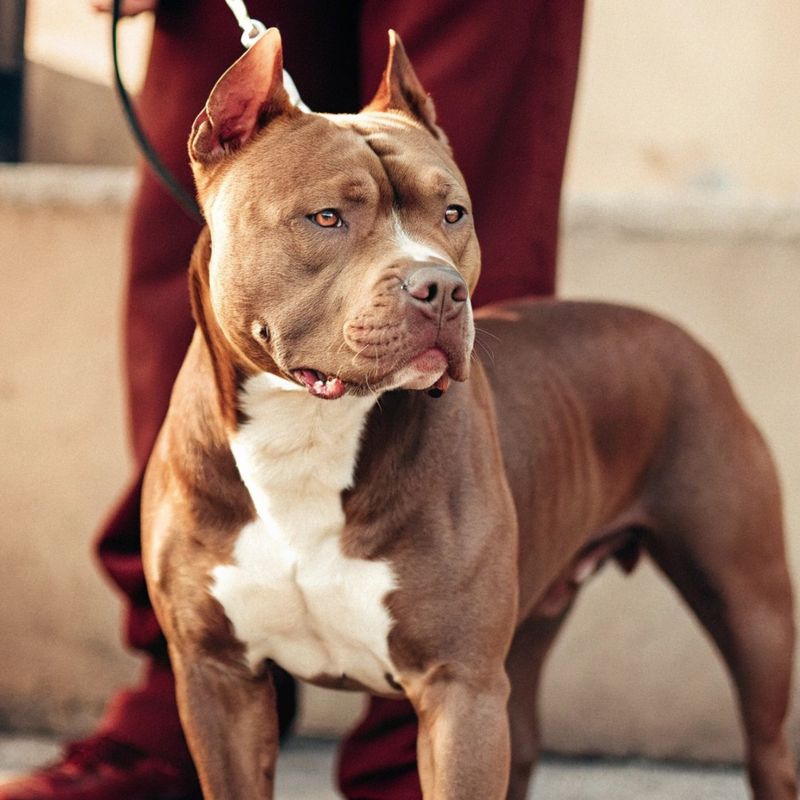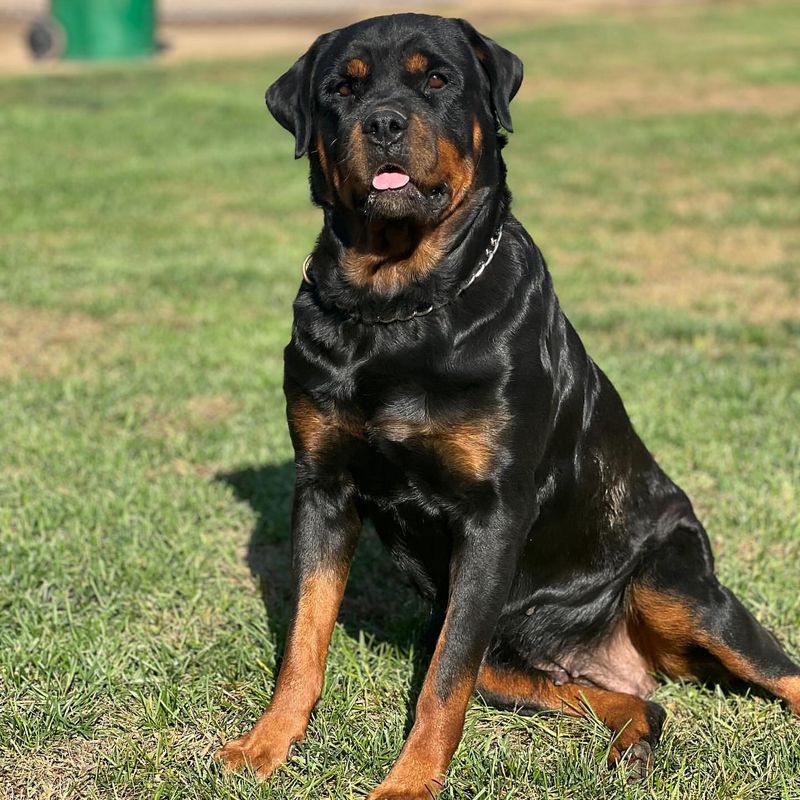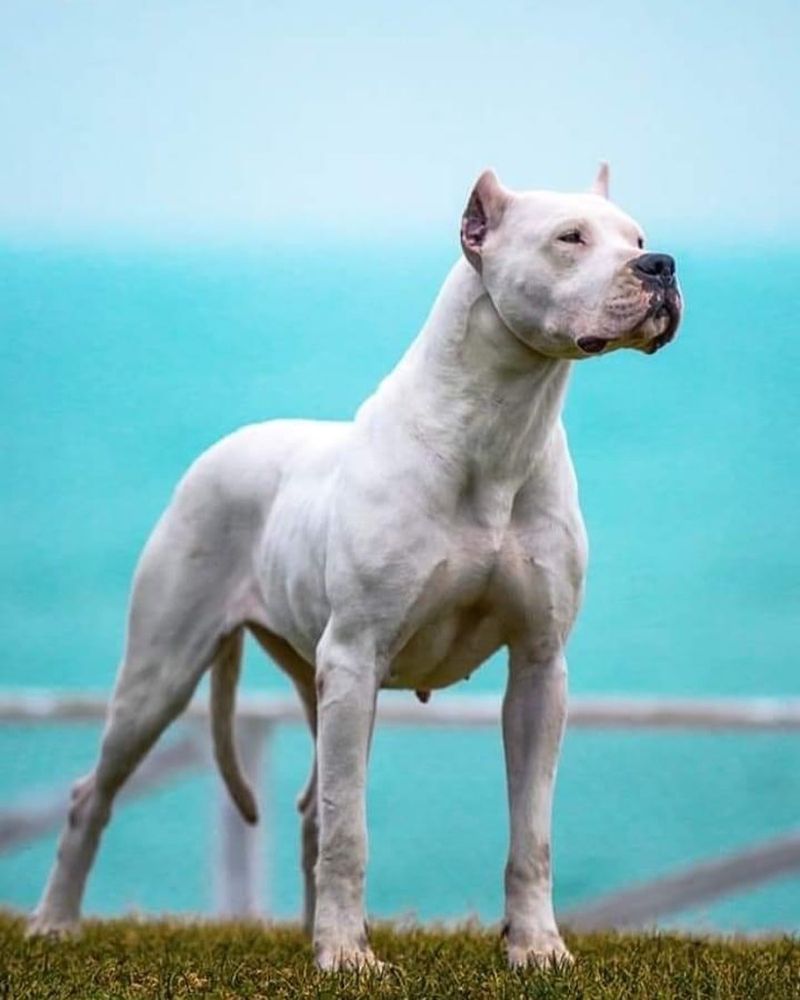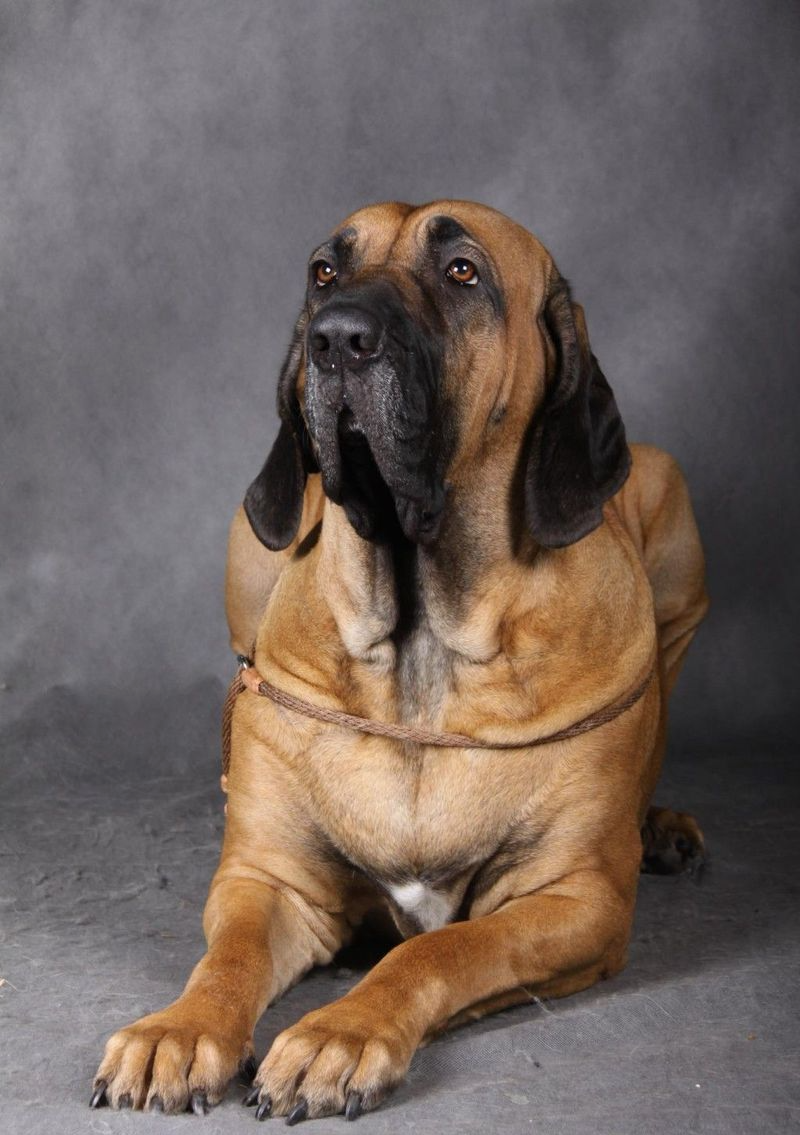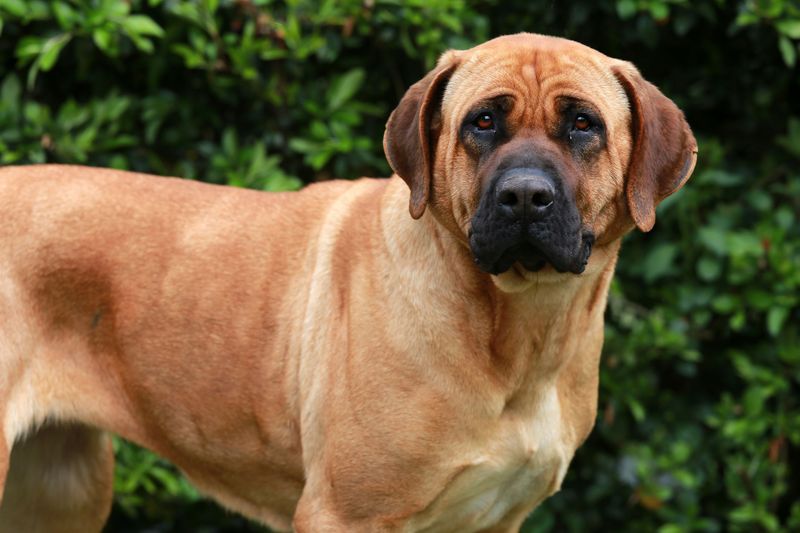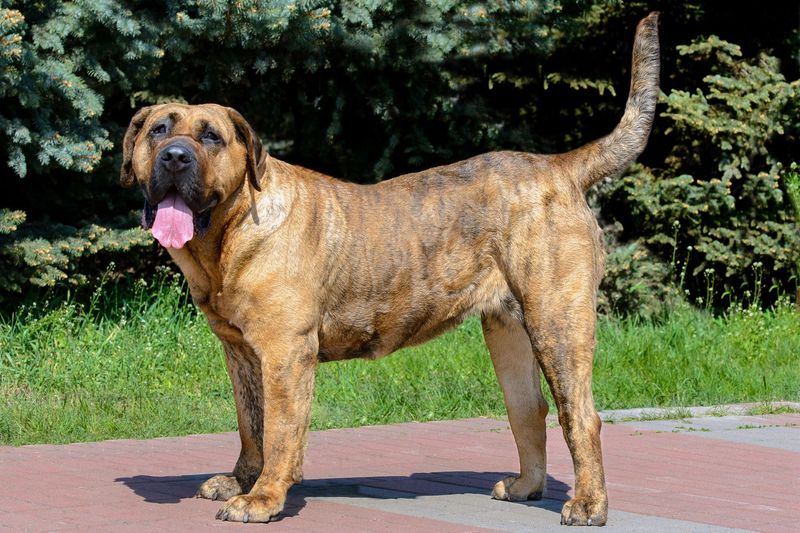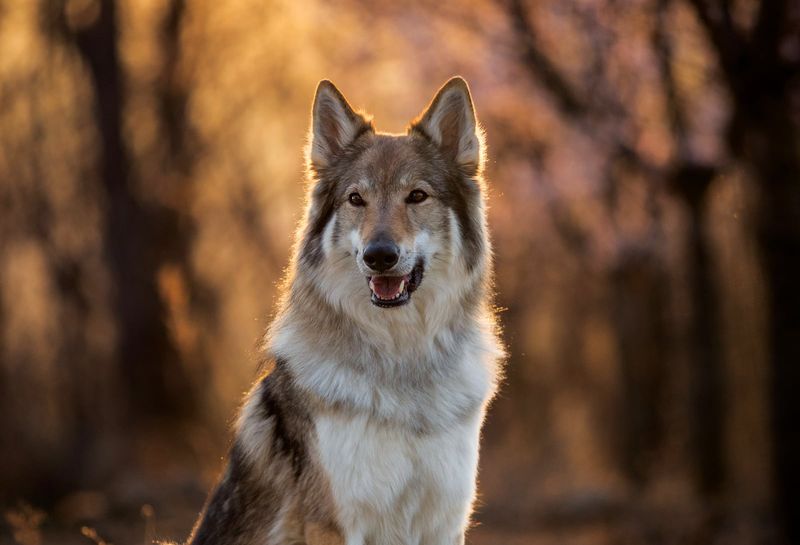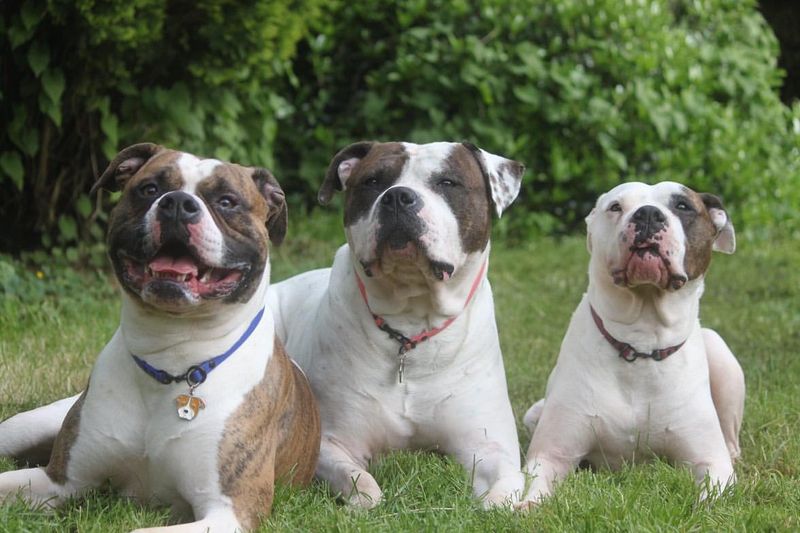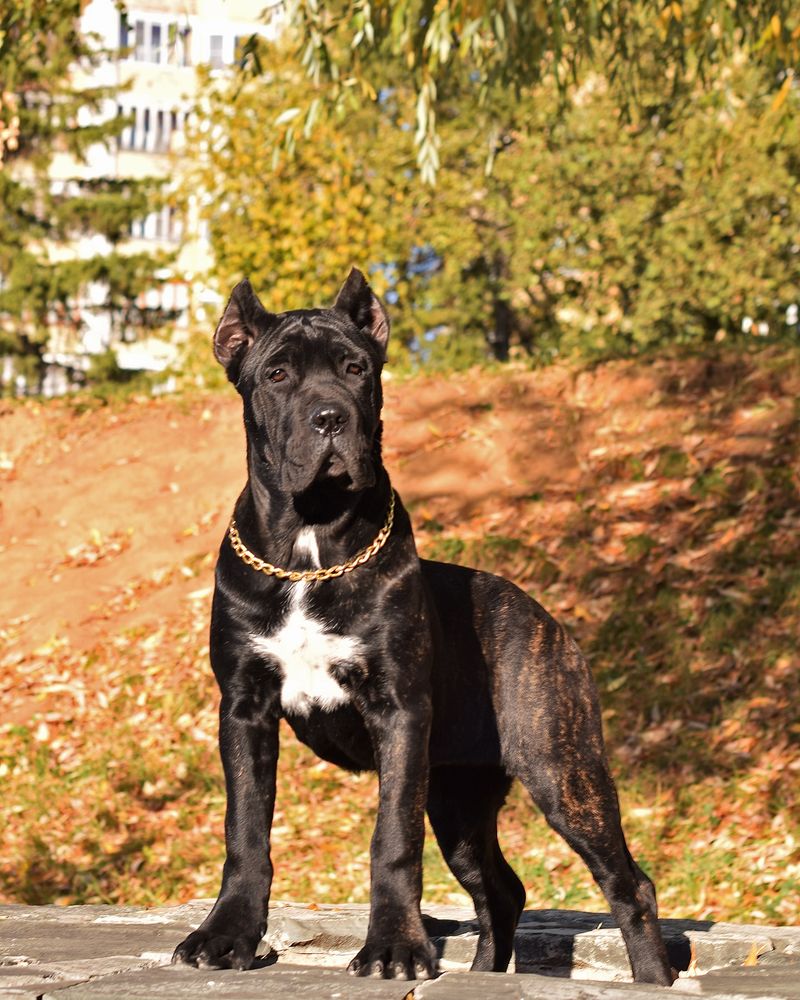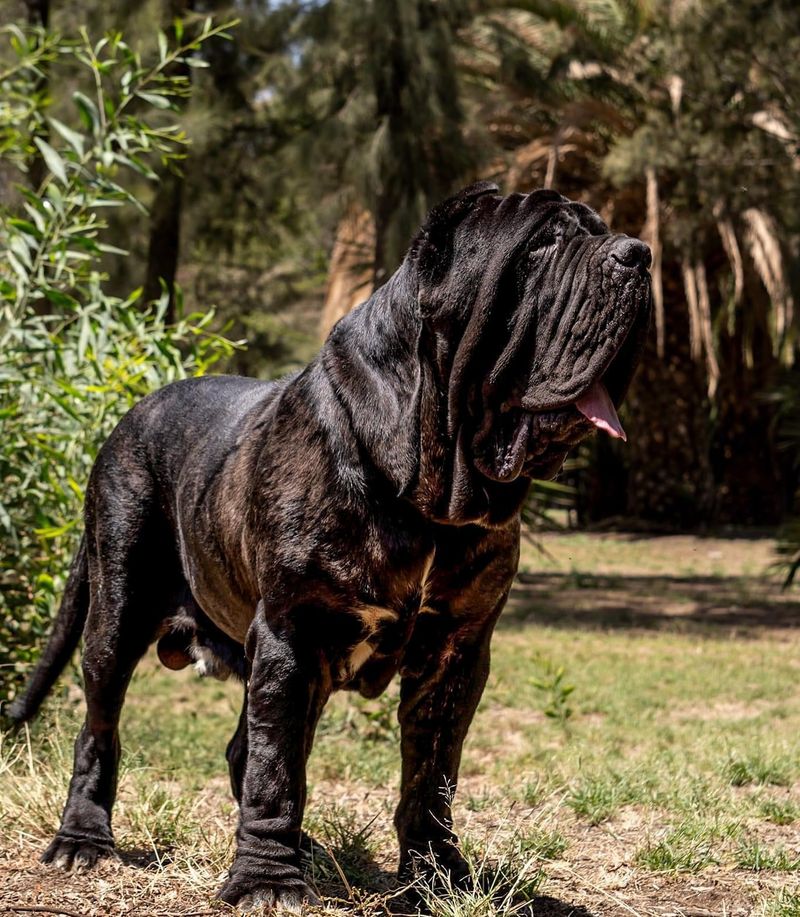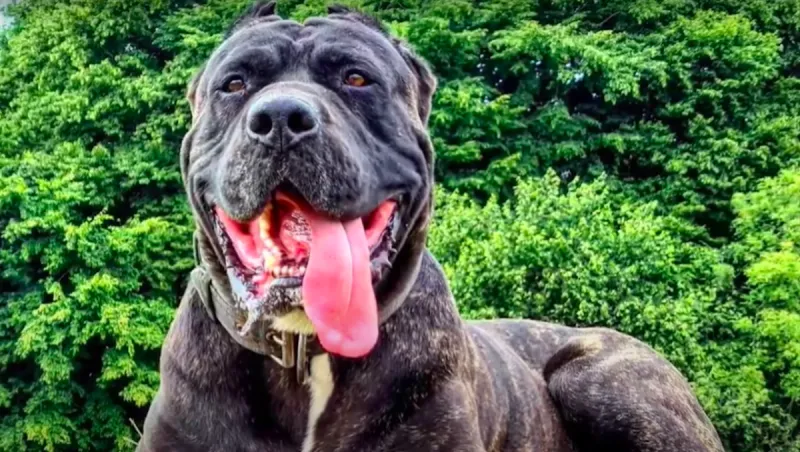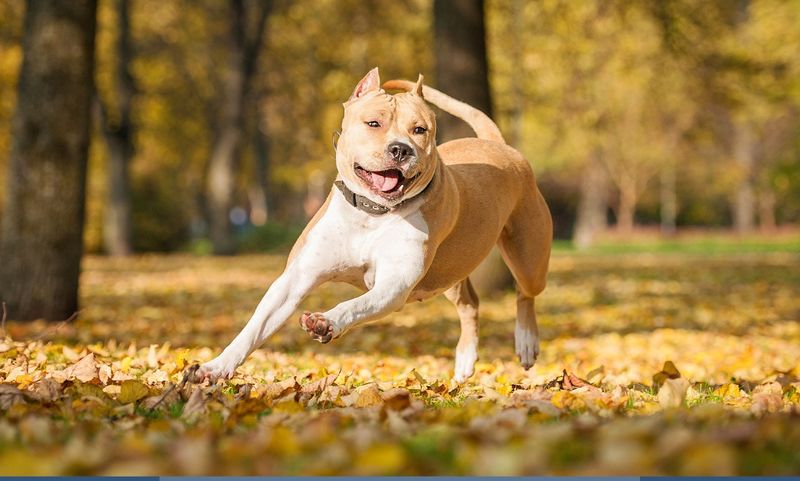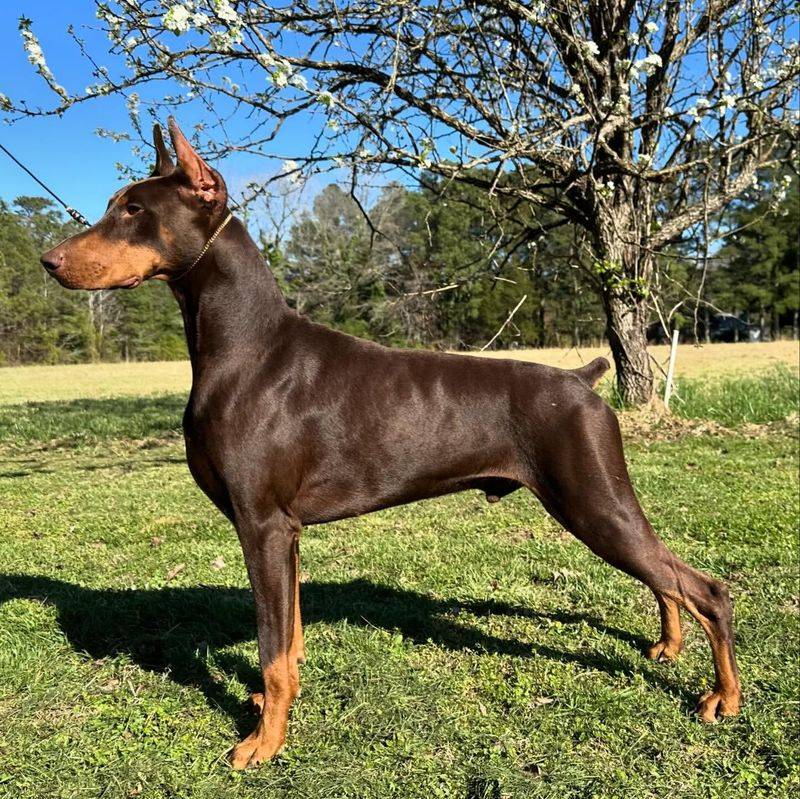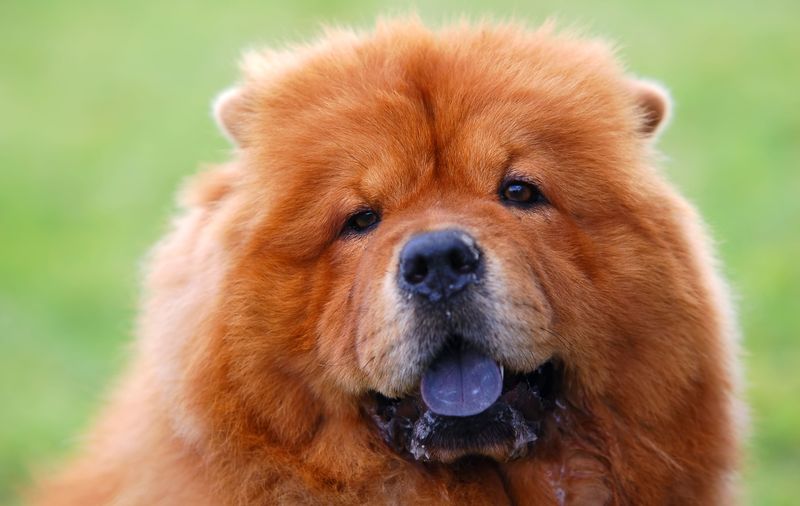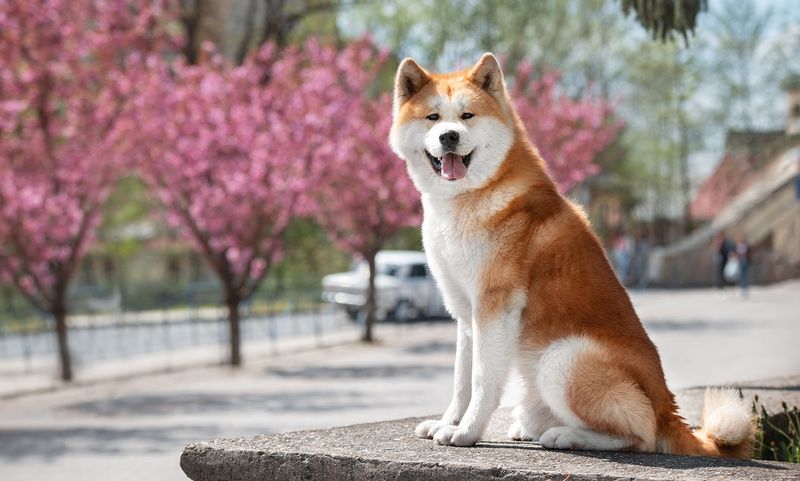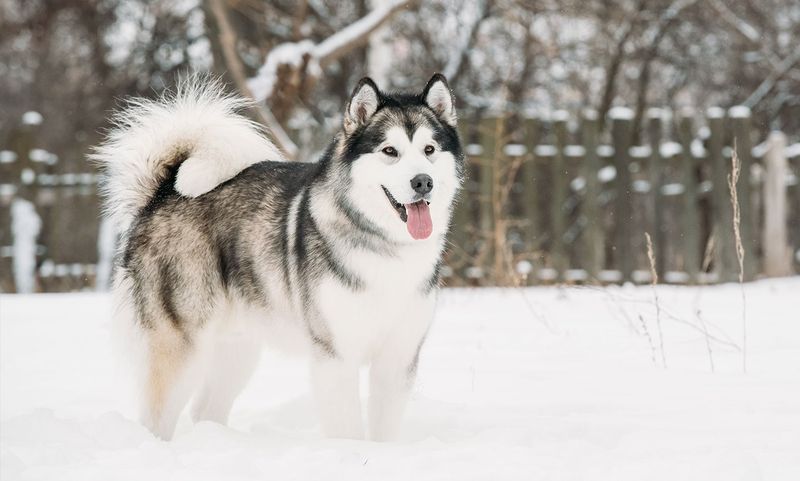📖 Table of Content:
- 1. Pit Bull Terrier
- 2. Rottweiler
- 3. Dogo Argentino
- 4. Fila Brasileiro
- 5. Japanese Tosa
- 6. Perro de Presa Canario
- 7. Wolfdog
- 8. Boerboel
- 9. American Bulldog
- 10. Cane Corso
- 11. Neapolitan Mastiff
- 12. Bandog
- 13. American Staffordshire Terrier
- 14. Doberman Pinscher
- 15. Chow Chow
- 16. Saint Bernard
- 17. Akita Inu
- 18. Alaskan Malamute
- 19. German Shepherd
The debate over breed-specific legislation (BSL) continues to polarize opinions worldwide. While some argue that banning certain dog breeds enhances public safety, others believe it unfairly targets specific dogs rather than addressing broader issues like irresponsible ownership.
Over the past two decades, several dog breeds have been banned in different regions due to their perceived aggression or potential danger. Here’s a look at 19 breeds that have faced bans globally in the last 20 years.
1. Pit Bull Terrier
The Pit Bull Terrier is one of the most widely banned dog breeds globally due to its reputation for aggression. Over the last 20 years, many regions have enacted bans or restrictions on owning this breed. The bans often arise from concerns about the breed’s strength and potential for harm.
Despite this, supporters argue that with proper training and socialization, Pit Bulls can be loving companions. The debate continues, with advocates calling for responsible ownership rather than blanket bans.
Pit Bulls are known for their intelligence and loyalty, qualities cherished by their owners. However, the media often highlights incidents involving poorly managed dogs, fueling the breed’s controversial status.
2. Rottweiler
Known for their strength and protective instincts, Rottweilers have been banned or restricted in regions such as Romania and parts of the U.S.
Originally bred as working dogs, Rottweilers were used for herding livestock and pulling carts, showcasing their incredible strength and intelligence.
Despite their reputation for aggression, Rottweilers are known to form strong bonds with their families and can be extremely gentle when properly trained. Advocates argue that their protective nature is often misunderstood and that their behavior heavily depends on how they are raised and treated.
3. Dogo Argentino
This muscular and powerful breed was originally developed for big-game hunting. Due to concerns about its aggression, the Dogo Argentino has been banned in countries including the UK, Denmark, and Australia.
Known for their courage and strength, these dogs require experienced handlers who can provide consistent training. Despite their fierce appearance, Dogo Argentinos can be affectionate and loyal to their families.
They are often described as intelligent and eager to please, making them trainable in the right hands. Their imposing nature, however, continues to fuel debates about their suitability in family settings.
4. Fila Brasileiro
The Fila Brasileiro, or Brazilian Mastiff, is a large and protective breed known for its loyalty. This breed was historically used for tracking and hunting, as well as for guarding estates.
Its territorial nature and intense loyalty to its owners make it a formidable guard dog but can lead to aggression if not properly socialized.
The Fila’s strong-willed and independent temperament requires an experienced owner who understands the breed’s needs. These traits have led to bans in several countries, including the UK and Norway, where their protective instincts are viewed as potential risks.
5. Japanese Tosa
Bred for dog fighting, the Japanese Tosa is a rare breed that’s been banned in numerous countries, including Ireland, Denmark, and the UK.
This large and muscular breed is known for its quiet yet intimidating presence. Historically used in competitive dog fighting in Japan, the Tosa is revered for its bravery and resilience. However, these very traits have contributed to its perception as a dangerous breed.
Despite its history, Tosas can be calm and affectionate with proper training, making the bans on them a point of contention among enthusiasts and advocates.
6. Perro de Presa Canario
The Perro de Presa Canario, a strong and dominant breed, has faced bans in countries like New Zealand and Australia.
Originally bred for working on farms and guarding livestock, these dogs are highly intelligent and protective. Their muscular build and assertive nature make them excellent guard dogs, but they require firm and consistent training to prevent aggressive tendencies.
While their appearance may be intimidating, Presa Canarios can form deep bonds with their families and display a calm demeanor when raised in a nurturing environment. Their bans highlight the ongoing debate over nature versus nurture in dog behavior.
7. Wolfdog
Hybrid breeds like the Wolfdog, which combine domestic dogs with wolves, have been banned in places like Norway and certain U.S. states.
These hybrids inherit traits from both species, resulting in unpredictable behavior that can pose challenges for owners. While their wild instincts make them fascinating animals, they also raise safety concerns, particularly in untrained or inexperienced hands.
Wolfdogs require specialized care, ample space, and a deep understanding of canine and lupine behavior. Their bans often stem from concerns over their suitability as pets, as well as the risk they pose to public safety.
8. Boerboel
The Boerboel, a South African Mastiff, has been restricted or banned in countries like Denmark and Russia due to its strength and potential for aggression. Originally bred to protect farms from predators, Boerboels are known for their loyalty and courage.
These dogs thrive in environments where they can exercise their guarding instincts responsibly. While they can be gentle and loving with their families, Boerboels require proper training and socialization to ensure they do not become overly protective or aggressive.
Their size and strength make them powerful companions, but also contribute to their controversial status in certain regions.
9. American Bulldog
Despite being known as affectionate family pets, American Bulldogs have been banned in places like Denmark and parts of Germany due to concerns about their strength and temperament.
These dogs are muscular and athletic, originally bred for farm work and guarding property. With the right training, American Bulldogs can be loyal and protective companions. However, their strong-willed nature means they require consistent handling and firm boundaries.
Advocates argue that their reputation for aggression is often exaggerated and that proper care can bring out their gentle and loving side.
10. Cane Corso
The Cane Corso is a powerful Italian Mastiff breed valued for its guarding abilities. These dogs were historically used for hunting large game and protecting farms, showcasing their strength and intelligence.
Cane Corsos are highly trainable and form strong bonds with their families, but they can be wary of strangers. Their imposing appearance and protective nature have led to bans in countries such as the Maldives and Bermuda.
With experienced owners who understand their needs, Cane Corsos can be loyal and affectionate pets, but their size and strength demand responsible handling.
11. Neapolitan Mastiff
This ancient breed, recognized for its massive size and wrinkled appearance, has faced restrictions in countries like Singapore and Denmark.
Neapolitan Mastiffs are known for their calm and loyal nature, but their protective instincts can make them formidable guardians. Historically used in combat and as guard dogs, these giants require consistent training and socialization to thrive in family settings.
While their droopy appearance may seem endearing, their sheer size and strength can be intimidating to those unfamiliar with the breed. Advocates highlight their loving nature and potential as gentle giants with proper care.
12. Bandog
A crossbreed designed for guarding and protection, the Bandog is banned in several countries, including the UK and parts of Australia. These dogs are often bred for their strength, courage, and loyalty.
While not a standardized breed, Bandogs inherit traits from their parent breeds, which are typically Mastiffs and Bulldogs. Their reputation as aggressive dogs often overshadows their potential to be loyal and protective companions.
With experienced handlers and proper training, Bandogs can thrive in family environments, but their powerful build and guarding instincts continue to raise concerns in certain regions.
13. American Staffordshire Terrier
Closely related to the Pit Bull Terrier, the American Staffordshire Terrier has faced bans in regions like Germany and certain Australian states.
These dogs are known for their intelligence, loyalty, and playful nature. When raised in loving and responsible homes, they can be excellent family pets. However, their muscular build and determination have contributed to their perception as a dangerous breed.
Advocates argue that these traits should be celebrated rather than feared and emphasize the importance of proper training and socialization in shaping their behavior.
14. Doberman Pinscher
Dobermans, known for their intelligence and alertness, have been banned in some areas like certain Indian states. These dogs were originally bred for protection work and are renowned for their loyalty and bravery.
Despite their reputation, Dobermans can be affectionate and playful with their families. Their high energy levels and sharp instincts require regular exercise and mental stimulation.
While some perceive them as aggressive due to their guarding abilities, advocates highlight their potential as loving and obedient companions when raised in a positive environment.
15. Chow Chow
With their lion-like mane and independent nature, Chow Chows have been banned in places like some U.S. cities.
These ancient dogs are known for their aloof temperament and strong-willed nature. While they are often reserved with strangers, Chow Chows can be deeply loyal to their families. Their independence means they require patient and consistent training to bring out their best qualities.
Misunderstandings about their temperament have contributed to their bans, but enthusiasts argue that these unique dogs can thrive with experienced owners who appreciate their distinctive traits.
16. Saint Bernard
Surprisingly, even gentle giants like Saint Bernards have faced bans in some areas, including parts of Romania.
Known for their role as rescue dogs in snowy mountain regions, Saint Bernards are celebrated for their calm and friendly nature. However, their large size and strength can be intimidating, especially to those unfamiliar with the breed.
With proper training and socialization, Saint Bernards make excellent family pets and are known for their patience with children. Their bans often spark debate about whether size alone should be a determining factor in breed restrictions.
17. Akita Inu
Akitas, known for their loyalty and strong-willed nature, have been banned in countries like Singapore. These dogs were historically bred for hunting and guarding, making them independent and courageous.
While their devotion to their families is unmatched, Akitas require consistent training and socialization to manage their strong personalities. Their bans often stem from concerns about their potential aggression, but advocates emphasize their intelligence and affectionate nature when raised in loving homes.
Akitas are best suited to experienced owners who understand their unique needs.
18. Alaskan Malamute
Often confused with Siberian Huskies, Alaskan Malamutes have been banned in regions like Bermuda. These strong and energetic dogs were originally bred for hauling heavy loads in harsh Arctic conditions.
While their wolf-like appearance is striking, it often leads to misconceptions about their behavior. Alaskan Malamutes require ample exercise and mental stimulation to prevent boredom and destructive tendencies.
Their friendly and playful nature makes them great companions, but their size and energy levels mean they’re best suited to active owners.
19. German Shepherd
One of the most versatile working breeds, the German Shepherd has faced restrictions in places like the Maldives.
Renowned for their intelligence, loyalty, and adaptability, German Shepherds excel in roles ranging from police work to therapy. Their protective instincts, however, can be misinterpreted as aggression if not properly managed.
With consistent training and socialization, these dogs can be gentle and loving family pets. Their bans highlight the ongoing debate about whether their capabilities as working dogs should overshadow their potential as loyal companions.
